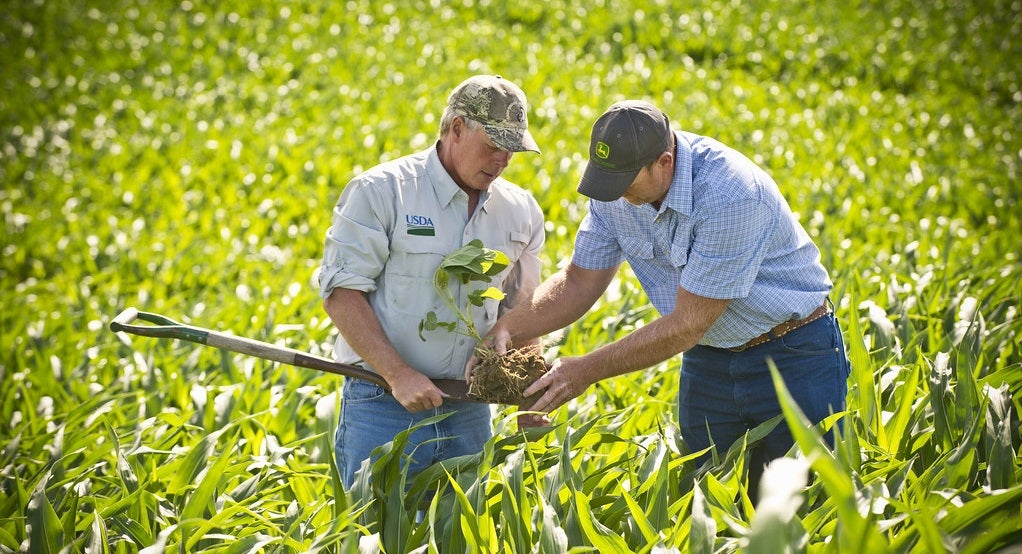Congress just took two actions to boost climate resilience in agriculture
Many farmers have been feeling climate impacts on their operations through more variable rainfall, warmer nights, and shifting planting and harvesting windows. These impacts only compound other uncertainties in the agricultural economy.
Policies that help reduce production risk and increase yield resilience are good for farmers and the farm economy. Conservation practices like cover crops and fertilizer optimization can do both, while also providing broader benefits like emissions reductions or water quality protections.
Congress recently took two important, bipartisan steps to reward farmers for being part of the climate solution. Here’s how these policies will help build climate resilience for U.S. agriculture.
1. Streamlining and standardizing environmental markets
When commodity prices are low and margins are tight, having diversified and reliable revenue streams is enormously important for the bottom line.
Farmers who use conservation practices that reduce greenhouse gas emissions or increase climate resilience could generate credits to be sold in an environmental marketplace to companies that want to offset impacts of their operations. In the past, however, the promise of environmental markets to provide steady revenue hasn’t always panned out for farmers due to high transaction and verification costs or insufficient demand from buyers.
The Growing Climate Solutions Act, recently introduced by a bipartisan group of senators, aims to streamline the process of certifying credits to make it easier and more financially viable for farmers to participate in environmental markets.
If the bill becomes law, USDA would define how to generate and measure credits for reducing carbon dioxide, nitrous oxide and methane emissions on farms. It’s essential that this process be based on the best available science.

Then private sector certifiers — which could be crop consultants, ag retailers, extension agents or a whole new category of job creation — would work with farmers to verify credits generated.
It’s a smart approach that applies the skillsets of the public and private sectors to maximize benefits for farmers and the environment.
2. Realigning federal crop insurance incentives
As extreme and variable weather events become more common, farmers may face more seasons where planting their planned cash crop isn’t possible. Rather than leave soil bare for the rest of the season, planting cover crops can prevent soil erosion, add nutrients and increase long-term soil resilience to droughts or moderate floods.
Right now, planting cover crops can reduce the prevent plant payments that farmers are eligible to receive from federal crop insurance. The Cover Crop Flexibility Act, a bipartisan bill introduced this spring, would change that. The bill would allow farmers to plant cover crops without taking a hit on insurance payments and to use cover crops as animal forage.
For both the environment and the long-term viability of farm businesses, it’s critical that public policy actively encourages farmers to use proven climate-smart practices. Removing disincentives is a good first step. How policymakers can make it easier for farmers to benefit from being part of the climate solution. Share on X
Bipartisan policy solutions like these can help boost climate resilience and build a more resilient ag economy.











One Comment
These acts are very encouraging. We must take science-based steps.
Sarah Haefner